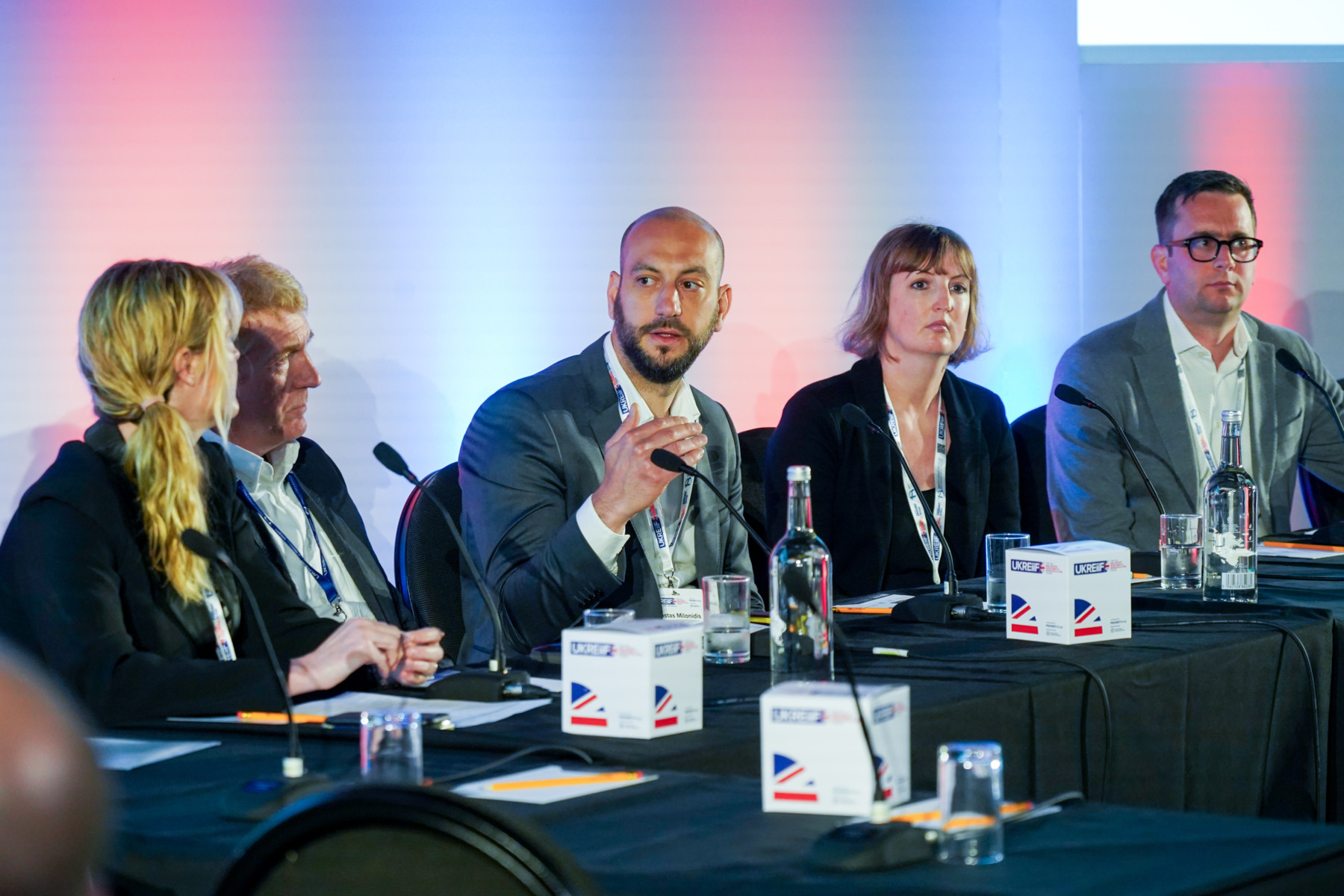FaST work: smart new site-noise tool saves time, money & energy
Life Sciences buildings are known to be some of the most carbon intensive buildings in the country, typically consuming five to 10 times more energy per spare foot than office buildings. Yet they do not have a net zero carbon target in the way that offices and homes do. Life Sciences buildings are like no other type of building; they need to be robustly built and suitable for the intensive research and analysis the tenants will do. The research is vitally important and can range from quantum computing to gene therapy. Research that is shaping our future and saving lives.
But, if the thirty million square feet of science buildings under development in the golden triangle are built to current standard this could result in over 2 million tonnes of embodied carbon and lock in operational emissions for decades to come.
We collaborated with Bennetts Associates, Heyne Tillett Steel, and Turner & Townsend alinea to create a prototype net zero lab building, published in our ‘Innovation in Science Buildings’ report. This prototype demonstrates how every aspect of design can be optimised, focusing initially on embodied carbon emissions and subsequently on operational energy performance. The report provides critical guidance on the implications of design choices throughout the building’s lifecycle and importantly relates this to a test building balancing aspiration, cost, and design.
Jack Tinsley and I drew on our knowledge of current lab operational needs and standards to propose realistic stretch targets for net zero carbon laboratories. After setting ambitious benchmarks, we further optimised the design, achieving a potential additional 25% reduction in operational energy. Recommendations include informed decisions on sizing ventilation systems and specifying fan power and adding opportunities for heat recovery from lab operations and adding natural ventilation in spring and autumn to cut energy use.
With the cross-sector industry experience of its authors we proposed best practice design solutions to significantly reduce the carbon intensive environmental impact of life sciences buildings now and in the future.
